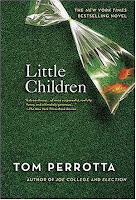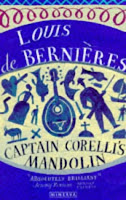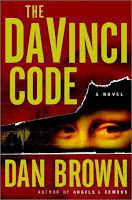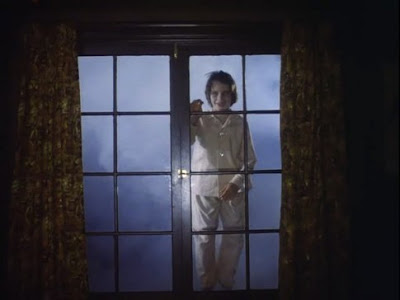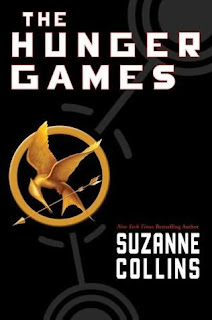 I had an Agatha Christie phase when I was 13 years old. There's nothing like curling up in bed with a good old-fashioned mystery novel. My favorite Christie novels are And Then There Were None, The Pale Horse, Murder on the Orient Express, and By the Pricking of My Thumbs. Christie relied on a simple formula: execute the murder, call in the detective, round up the suspects, find the motive, and reveal the murderer. The formula may seem antiseptic, but Christie executed it flawlessly. In the mystery, there's no one like Christie. I tried to read Erle Stanley Garner and Dorothy Sayers. They're good, but they lacked the elegance of writing the closed room murder mystery.
I had an Agatha Christie phase when I was 13 years old. There's nothing like curling up in bed with a good old-fashioned mystery novel. My favorite Christie novels are And Then There Were None, The Pale Horse, Murder on the Orient Express, and By the Pricking of My Thumbs. Christie relied on a simple formula: execute the murder, call in the detective, round up the suspects, find the motive, and reveal the murderer. The formula may seem antiseptic, but Christie executed it flawlessly. In the mystery, there's no one like Christie. I tried to read Erle Stanley Garner and Dorothy Sayers. They're good, but they lacked the elegance of writing the closed room murder mystery.The closed room was a popular device in murder mysteries back in the 1950s to 60s. Basically, in the novel's denouement, all the main characters are gathered in one room (usually the scene of the crime) where the detective, with much drama, points out the killer and his motive. It's this reference to the closed murder room mystery that made me want to read Stieg Larsson's The Girl with the Dragon Tattoo.
The girl with the dragon tattoo is Lisbeth Salander, a genius when it comes to computer hacking and private investigation. Oddly, she's not the main character of the book. Larsson planned that the The Girl with the Dragon Tattoo was to be part of a series of mystery crime novels with Salander as the main character. Larsson, however, was to meet his death in 2004 with only three books completed.
At the start of the novel, Carl Mikael Blomkvist, a financial journalist, is convicted to serve three years in prison because of libel. The subject of his expose, the influential businessman Hans-Erik Wennerström, is hell-bent on crushing the charismatic Blomkvist and making sure that Blomkvist becomes a pariah of the Swedish press. While in jail, Henrik Vanger, a semi-retired businessman, contracts the services of a security firm to investigate Blomkvist. This is where Salander gets involved, reporting that to Vanger that Blomkvist may in fact have been set up in publishing history on Wennerström. After Blomkvist serves his time, he gets hired by Vanger to write a book on the family history and to find out who killed his beloved niece, Harriet. In return, Vanger promises Blomkvist an offer he couldn't refuse: Vanger has information that would let Blomkvist have his revenge on Wennerström.
Edgy crime novel, old-fashioned murder mystery, and investigation of social aspects in Sweden in equal parts, The Girl with the Dragon Tattoo succeeds in so many levels. When Blomkvist meets and interviews each member of the eccentric Vanger family, the reader is pulled into the story by having himself question whether that particular Vanger is the killer. The closed room in the novel is not really a room at all but an island, where the Vanger estate is located. When Harriet disappeared, all access to the the island was temporarily cut off because of an accident, allowing Blomkvist to write a list of all possible suspects. Larsson has the talent to make the reader step into the shoes of Blomkvist, an unconventional hero.
The many references to financial terms and goings-on in the book should not stop you from enjoying the book's yarn. They're non-threatening. In fact, these details add to the pleasure of reading. You get to see the importance of why Blomkvist had to write that damaging piece about Wennerström. Larsson also explores Swedish norms on sexual violence and racism. Salander gets violently raped and the reader is shocked that nothing could be done about it. Ties to fascism are also perfectly acceptable in the world of business.
Larsson's second book is yet to come out. This time, it'll feature Salander on a more substantial role. Hopefully, it'll be as good as The Girl with the Dragon Tattoo. Most thrillers and crime novels do not really stack up to Larsson's novel. This really is an intelligent book. It doesn't dumb down the reader with predictable angles and sloppy characterizations.







